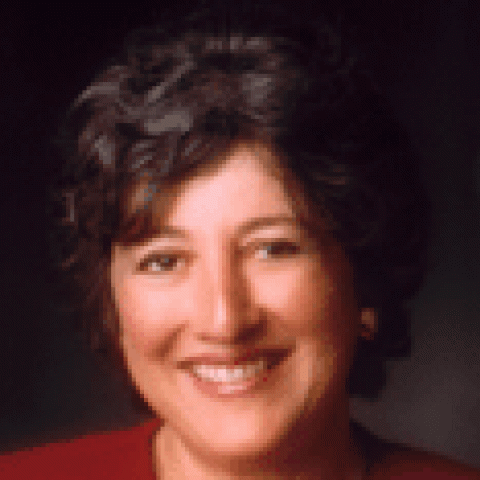A frequently asked question in health reform discussions is "Will there still be a need for the health care safety net?" This is an interesting question for several reasons. First, it reflects the belief that health care safety-net providers' prime role is to care for uninsured patients who cannot access care elsewhere. This belief conforms to the Institute of Medicine's definition of the core safety net: "those institutions who by legal mandate or explicitly adopted mission maintain an 'open door' offering access to services to patients regardless of their ability to pay."
Public hospitals and community health centers fit this definition. The patients they serve are often uninsured. About 18 percent of public hospital admissions are uninsured patients, reaching more than 50 percent in some hospitals. And uninsured patients comprise 31 percent of outpatient visits, climbing to more than 60 percent of visits in some hospitals. With the recession, Denver Health's uninsured care increased from $275 million in 2007 to $389 million in 2010. The National Association of Public Hospitals and Health Systems' (NAPH) members represent 2 percent of the nation's acute care hospitals but provide 20 percent of the uninsured care. Similarly, 38 percent of community health centers' visits are for uninsured patients.
Thus, one might reasonably assume that health reform's substantial expansion of insurance coverage by broadening Medicaid eligibility and providing premium subsidies would eliminate or markedly decrease the number of uninsured and the need for these institutions. However, even the most optimistic estimates predict that 23 million people will remain uninsured, including many of the most vulnerable such as chronically mentally ill, substance abusers, and the homeless who are unlikely ever to enroll in a plan, as well as an estimated 11 million undocumented immigrants. The uninsured population may be larger if there is no individual mandate or if the penalties for failure to enroll are small compared with the cost of subsidized premiums.
The second interesting aspect about questioning the future of the safety net is the assumption that other providers want to or can effectively care for the poor and socially disenfranchised even if they are insured. Medicaid provider data may shed some light on this. Only about 65 percent of physicians accept new Medicaid patients, compared with 88 percent who accept new commercially insured patients, and the Medicaid patients they actually see is not known.
Similarly, in Colorado, 47 percent of Denver Health's (the primary safety-net hospital) admissions are Medicaid patients compared with 18 percent for the other metropolitan general hospitals. In a recent meeting of Colorado providers, some indicated concern about accepting Medicaid patients with complex or social conditions such as chronic mental illness or language barriers. This reflects the reality that many practices do not have wraparound services such as social workers, translators, and transportation, which community health centers and public hospitals provide to facilitate health care of vulnerable patients.
Patient choice is the other side of the coin from provider choice. Currently, in Massachusetts less than 2 percent of the population is uninsured yet community health centers' medical visits increased by more than 70,000 from 2007 to 2009. This patient choice may reflect the culturally appropriate and high-quality care these institutions provide to vulnerable populations and hence their use of them for care.
The third interesting aspect of the question is the inference that caring for the uninsured is the sole role of safety-net providers. This is not the case for urban public hospitals. They not only serve the needs of special populations but also the special needs of the entire population through their trauma, burn, psychiatric, and poison centers, large emergency departments, neonatal intensive care units, public health, and emergency preparedness services, and education of physician trainees.
Finally, there is the assumption that the safety net would be there in 2014 and beyond if needed. These institutions are fragile. In 2009 the average margin at NAPH hospitals was 2.5 percent compared with 5 percent for other hospitals. Without the supplemental payments such as Medicaid Disproportionate Share Hospital payments (DSH), the safety nets' margins would have been substantially negative, a nonsustainable condition for any enterprise.
Thirty-five percent of net revenue for NAPH members comes from Medicaid, and 12 percent is from state and local governments. Sixty-two percent of community health center patient revenue comes from Medicaid/CHIP. As all levels of government struggle with their budgets, these sources of revenue either have decreased or are at risk. Medicaid DSH deserves special comment. It is slated to begin decreasing in 2014 based on the expectation that uninsured expenditures would markedly decrease with health reform. The challenge will be to make certain that any decrease in Medicaid DSH is tightly linked in timing and amount to the decrease in uninsured care at the individual safety-net hospital.
The health care safety net has been critically important for more than a century. While there may come a time when everyone has coverage—and when that coverage creates equal access for all—we are not there yet and will not be there in 2014. Therefore, we can answer a definite, "yes" to the question, "Will we need the health care safety net after health reform?"
This post is a commentary on The Commonwealth Fund/Modern Healthcare Health Care Opinion Leaders Survey on Vulnerable Populations
Patricia Gabow, M.D., is the CEO of Denver Health and a member of the Commonwealth Fund Commission on a High Performance Health System.



